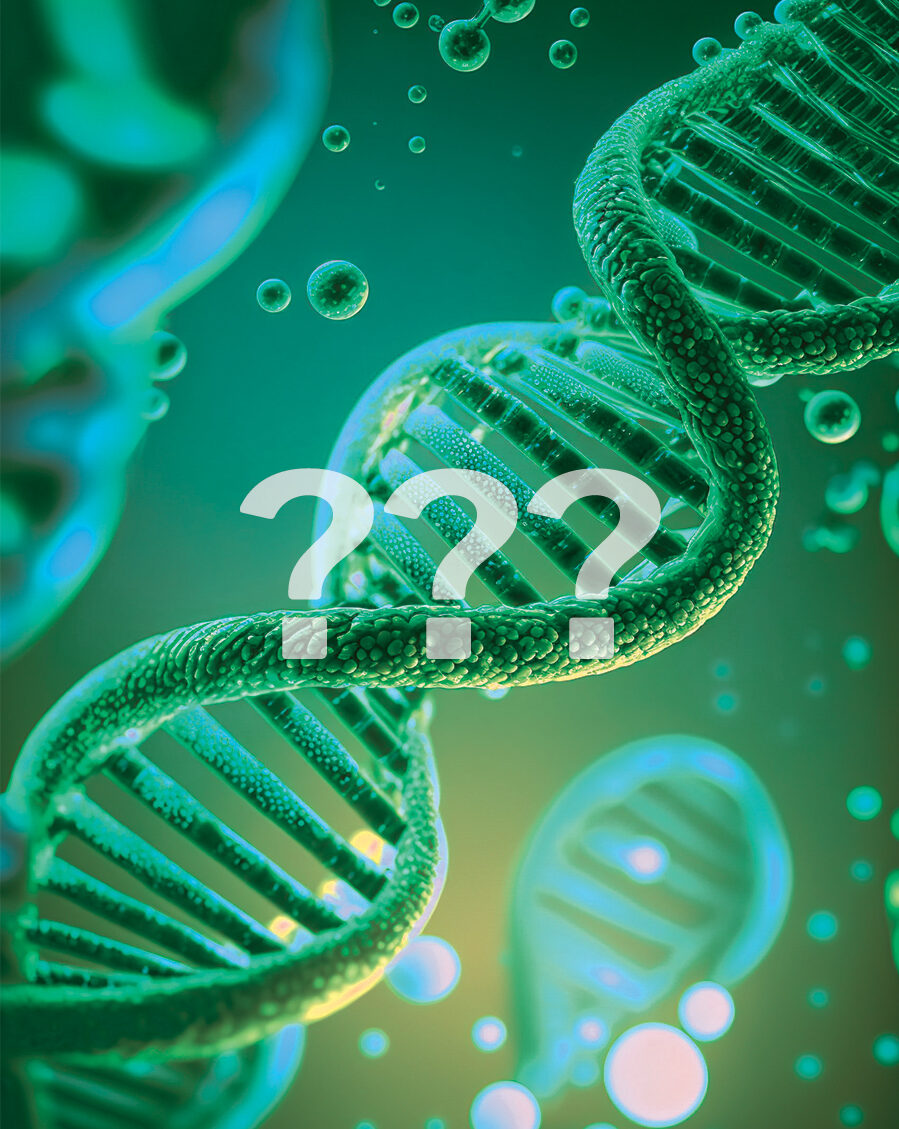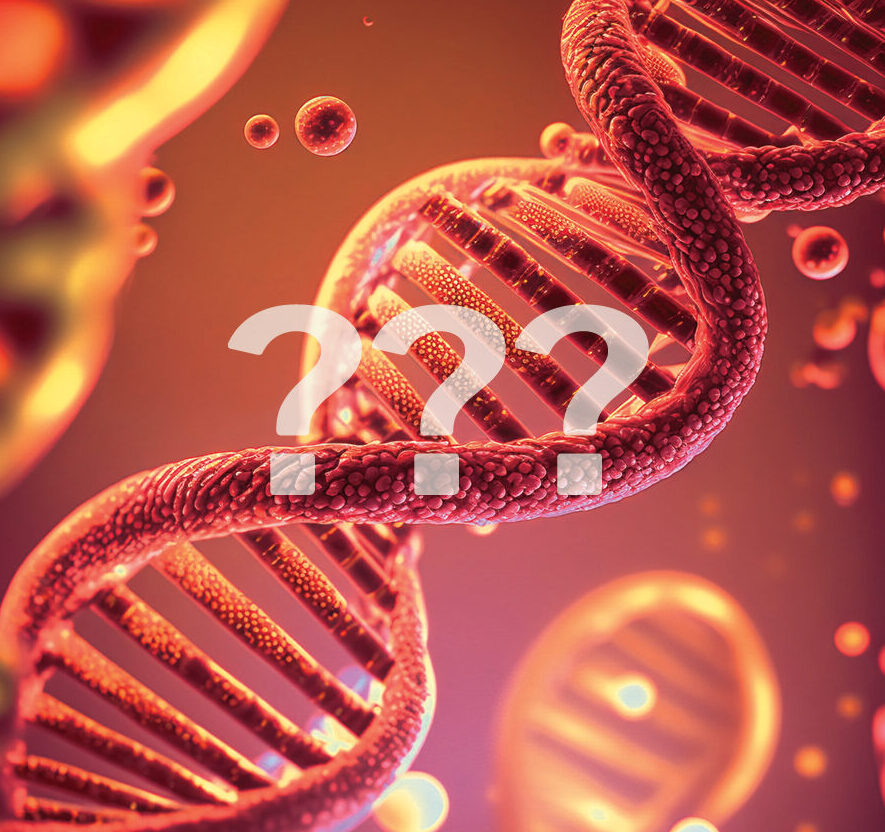RESEARCH
Our work centers on two nascent technologies that borrow from nature’s approaches for the synthesis and assessment of molecular function.
These approaches enable the transduction of synthetic molecule structural and/or functional information into DNA sequences. Application of the powerful tools available to read, write, and manipulate DNA-encoded information provides a number of advantages over traditional approaches, such as throughput, sensitivity, and sample multiplexing.
DNA-encoded chemical libraries
In the first area, we build and assay synthetic small molecule libraries that are covalently linked encoding DNA scaffolds. DNA-encoded chemical libraries (DELs) are a fairly recent newcomer to drug discovery and have been adopted at every major pharmaceutical company. Several successful cases have been reported yielding multiple clinical candidates. The DEL approach has the ability to generate and assay small molecule libraries of much greater complexity (present demonstrations up to 10^12 molecules) than by any other approach. Rather than screening molecules in discrete assays, DELs can be assessed collectively for binding to a protein target by a selection assay, all together, in a single tube. The cost, effort, and infrastructure required are reduced dramatically, particularly in comparison to traditional high-throughput screening (HTS). Our work in this area involves development of novel libraries for discovery of protein-protein interaction inhibitors that are mediated by short linear peptide motifs, with a particular focus on protein kinases and chromodomains. Also, we are working to expand on selection strategies expand the target scope of DELs to enable live cell assays and assays for specific molecular functions (other than simple protein binding).

Selection-based sensing with DNA-encoded probes
In the second area, we have developed an evolution-inspired assay platform to detect sample stimuli using DNA-linked molecules as activity probes. We have developed DNA-encoded probes for detection of several enzymatic activities, as well as ligand binding, which allow activity detection through DNA sequence analysis. We work to apply this approach in proteomic activity profiling and in screening of small molecules for enzyme inhibition. Developments in genetic analysis technologies, particularly DNA sequencing, have been transformative to biomedical research. In contrast to genomic information, the barrier to accessing proteomic information, particularly enzyme activity, is dramatically higher. As aberrant enzyme activities are consistently observed in disease, this information is critical for appropriate diagnosis and treatment.
